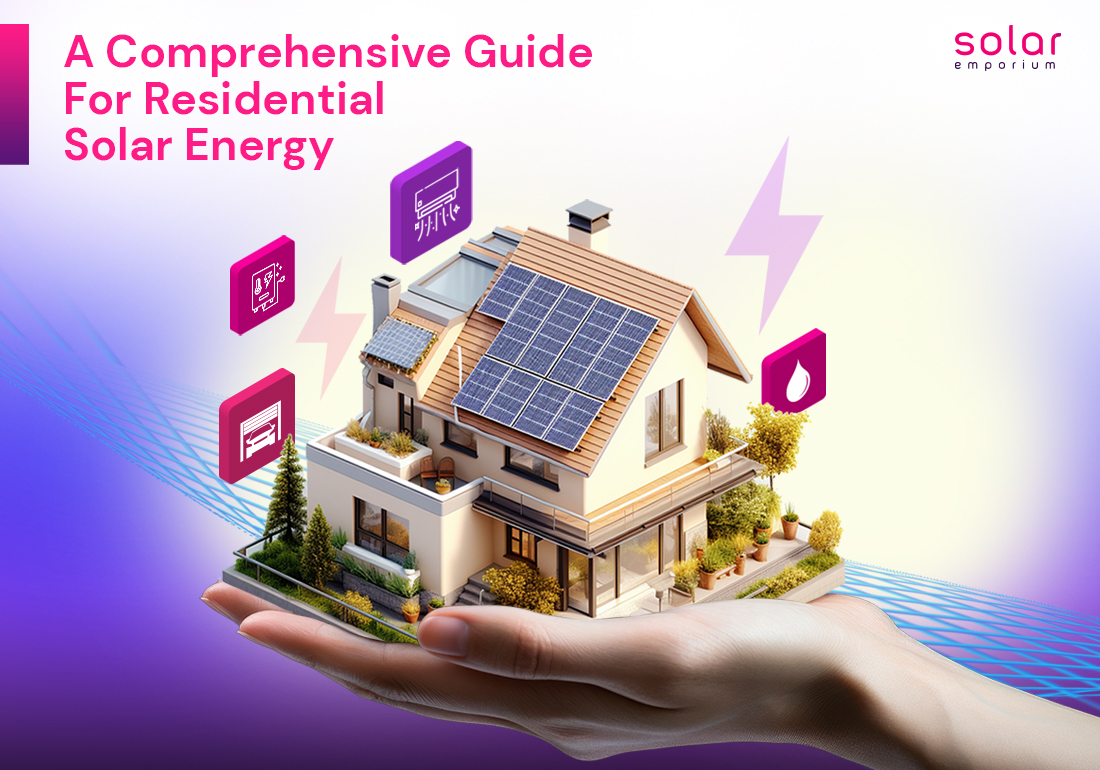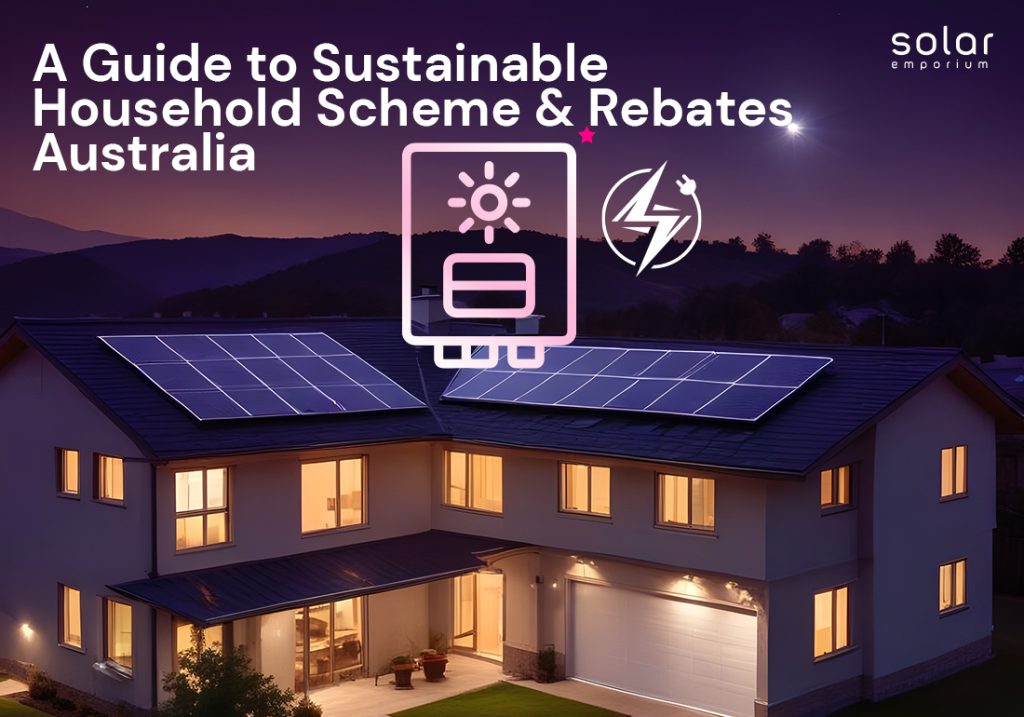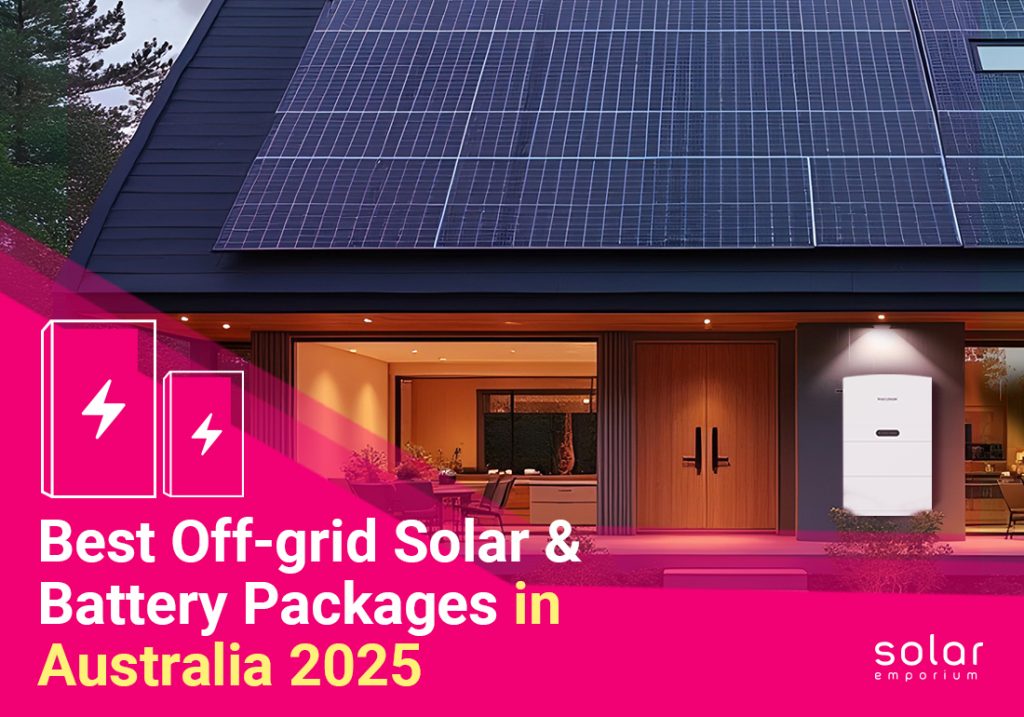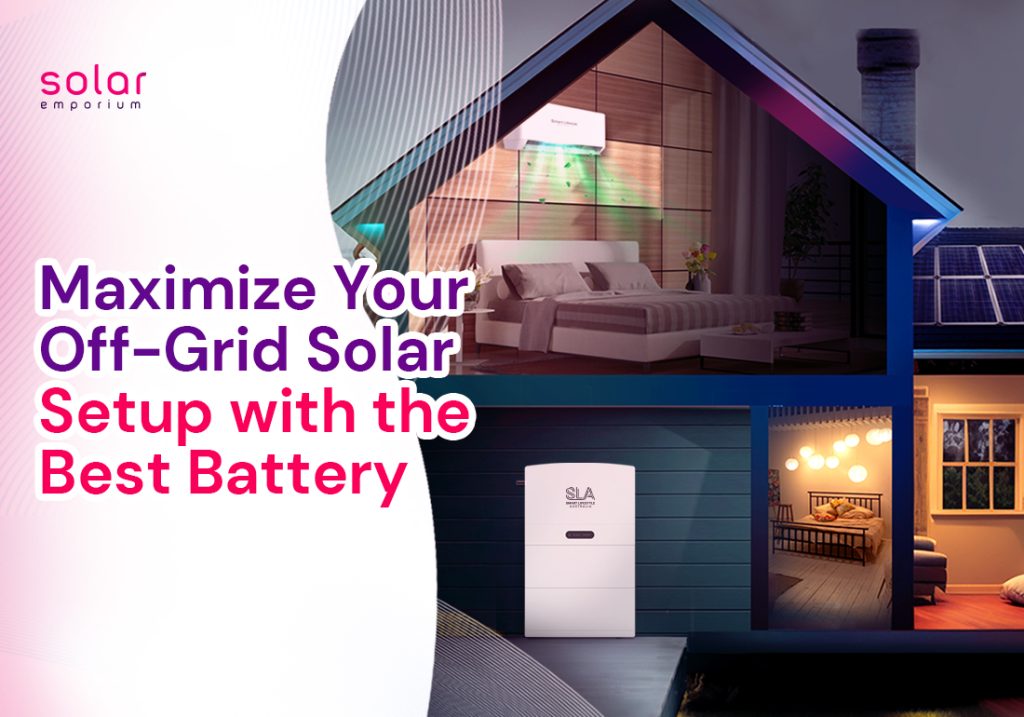Australia is known for its abundant sunshine and has long been a pioneer in the use of renewable energy sources, with residential solar installation playing an important role in this movement.
With growing awareness of the importance of sustainable energy solutions, an increasing number of Australian homeowners are turning to solar power to reduce their carbon footprint and save money on their energy bills.
In this comprehensive guide to residential solar energy, we will walk you through the entire process of solar panel installation in Australia, from selecting the best system to understanding the costs and benefits.
A solar panel system is made up of several key components, including solar panels, inverters, and mounting systems. These components form the basis of a residential solar installation.
This guide delves into solar panel installation, offering a road map for homeowners and business owners considering this environmentally friendly upgrade.
Different Types of Solar Panels
Monocrystalline Solar Panels
- Made from single crystal structure.
- High efficiency and long-lasting.
- Great for homeowners who want a lot of energy in a small space.
Polycrystalline Solar Panels
- Made from several crystal structures.
- Cost-effective and versatile.
- A good choice for those who want to balance price and performance.
Thin-Film Solar Panels
- Made from a thin layer of photovoltaic material.
- Lightweight and flexible.
- Perfect for homes with limited roof space or for creative designs.
When picking a solar panel for your home, think about your energy needs, roof space, and budget. A skilled solar installer can help you choose the best type for your home.
Essential Components of Residential Solar Panel Systems
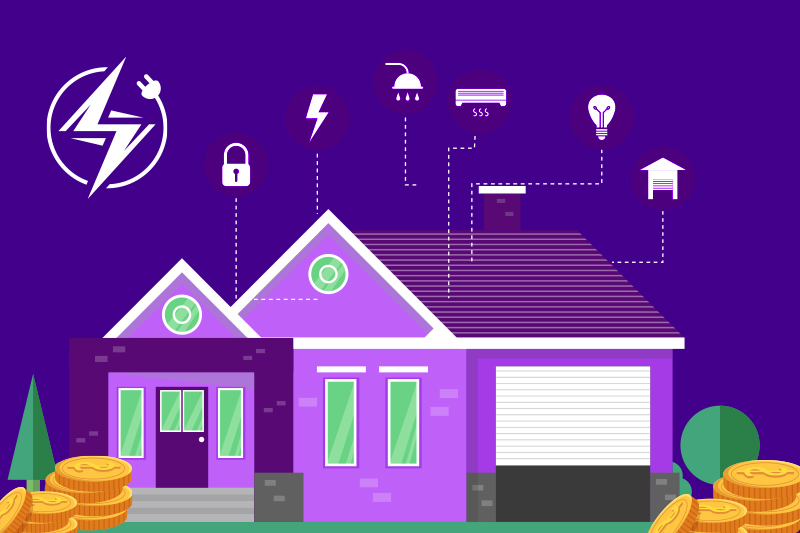
Solar Panels
Solar panels, also called solar modules, turn sunlight into electrical energy. They are made of photovoltaic cells that capture sunlight and create a flow of electricity.
The efficiency of the panels affects how much energy is produced, and the number and size of panels needed depends on your home’s energy requirements.
Inverters
Solar Inverters change the direct current (DC) energy produced by the solar panels into alternating current (AC) energy, which is used by household appliances.
They are vital for the system’s performance and come in different types, like string, micro, and hybrid inverters. A skilled solar installer can help you pick the right inverter based on your energy needs and budget.
Mounting Systems
Mounting systems hold the solar panels in place and are built to endure various weather conditions. They are important for the system’s durability and should be chosen based on your roof type, orientation, and angle.
There are different types of mounting systems, such as roof mount, ground mount, and ballasted mount, and an experienced installer can help you choose the best one for your home.
Monitoring Systems
Solar Battery (Optional)
Additional Inclusions
Depending on your installer and plan, your system might include cables, DC and AC disconnect switches, grounding equipment, and necessary permits or approvals.
In conclusion, the components of a home solar installation are essential for its performance, efficiency, and longevity. Deciding on high-quality solar components and working with an experienced installer will ensure the best outcome for your home solar panel system.
Average Cost of Home Solar Installation
The cost of installing solar panels at home in Australia can vary a lot depending on several factors, such as the system’s size, the type of products used, and where it is installed.
It’s important to work with a skilled solar installer to find the best system for your home and budget. Although the initial cost might be high, solar panels can save you a lot of money on energy bills in the long run and reduce carbon emissions.
A 5kW solar system is a popular choice for many Australian homes and usually costs between $6,000 and $8,000. This size is good for most households with average energy needs and can help you save a lot on energy bills.
A 10kW solar system is larger and can save you even more money, but it is also more expensive. The average cost of a 10kW system in Australia is between $8,000 and $12,000. This size is suitable for larger homes with higher energy needs or for those who want to produce extra energy to sell back to the grid.
Benefits of Installing Solar in Australia
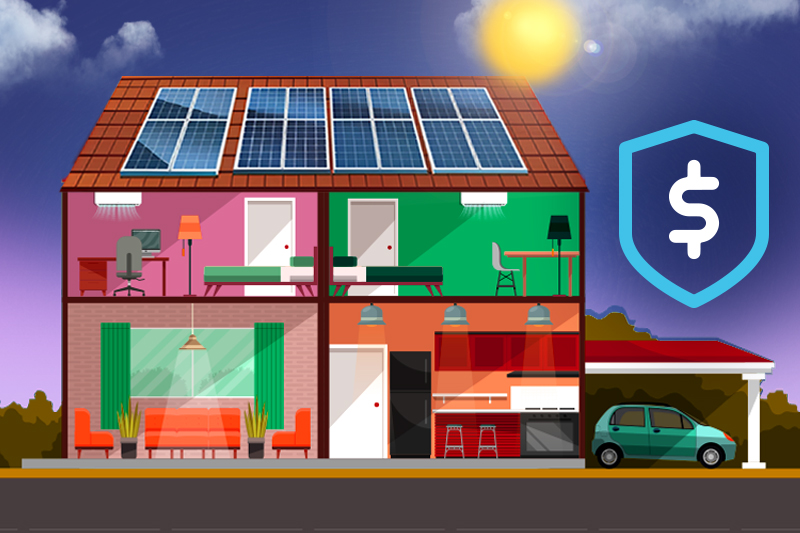
Lower Energy Bills: Solar panels create electricity from the sun, reducing your reliance on grid electricity and lowering your energy bills.
Financial Savings: You can save a lot on energy bills and earn money by selling extra energy back to the grid.
Environmentally Friendly: Solar power is a renewable energy source that doesn’t produce carbon emissions or contribute to climate change.
Increased Home Value: Adding solar panels can boost your home’s value, making it a good investment for the future.
Is Solar Worth it in Australia?
Absolutely YES! Solar power is definitely worth it in Australia. It lowers energy bills, provides financial benefits, and positively impacts the environment, making it a smart choice for any homeowner.
By selecting the right products and working with an experienced installer like Solar Emporium, you can ensure your solar system offers maximum benefits for many years.
Plan Ahead Your Solar Journey
Assess Your Energy Needs
Explore Your Roof
Research and Compare
Financing Options
Finding a Reputable Installer
Choosing a qualified and experienced solar installer is crucial. Here’s how to find one:
Get Solar Quotes: Obtain quotes from several SAA accredited installers who meet high industry standards.
Compare Systems and Warranties: Compare the proposed solar systems, including panel types, inverter brands, and warranty coverage.
Read Reviews: Check online reviews and testimonials to understand the reputation and customer satisfaction of potential installers.
The Solar Installation Guide
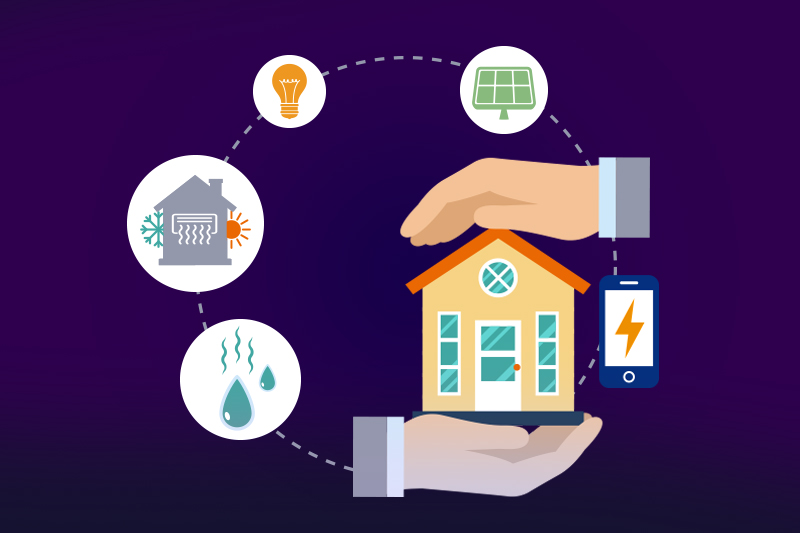
Once you’ve chosen a solar installer, the process of installing solar panels typically follows these steps:
First, the installer will visit your property to check your roof’s suitability, sun exposure, and any potential shading issues. Based on this assessment and your energy needs, they will design a customized solar system layout.
Next, the installer will obtain the necessary permits and approvals from local authorities. Qualified installers, preferably CEC accredited with a proven track record, will then handle the installation.
The type of mounting structure used will depend on your roof type and local wind and snow loads.
During the installation, the installers will strategically position the panels for maximum sun exposure to ensure optimal energy generation.
They will then install the inverter, which converts the direct current (DC) electricity generated by the panels into alternating current (AC) electricity that your home appliances use.
They will also establish a connection to your main electricity meter for grid-connected systems and ensure all safety measures, such as proper earthing and safety switches, are in place.
After the installation, the system will be connected to your electrical grid and undergo a final inspection to ensure safety and compliance.
Most solar systems come with monitoring systems that allow you to track your energy production and identify potential issues. Although maintenance is minimal, occasional cleaning and system checks are recommended to maintain optimal performance.
Start your solar journey with Solar Emporium and get a free solar quote today!
